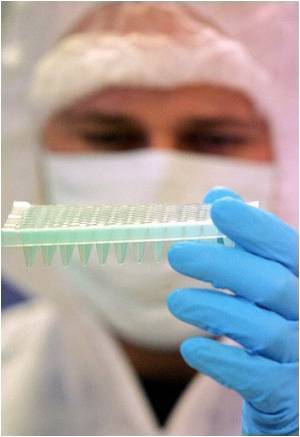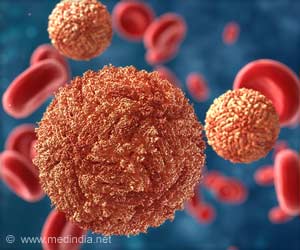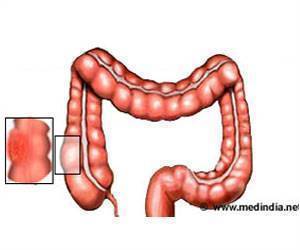The growth of new blood vessels in the body takes place via a process called angiogenesis, which is a complex process involving co-ordination of different signalling proteins.

An extensively branched network of blood vessels provides every organ of the body with nutrients and removes harmful metabolic waste products from tissues. Growth of this vascular system is essential for development and wound healing processes. Uncontrolled angiogenesis contributes to diseases like hemangiomas, the sponge-like overgrowth of blood vessels in the skin, or retinopathies impairing the eyesight of diabetic and elderly individuals. In cancer therapy, inhibition of angiogenesis is used to starve tumours and prevent the metastatic spread of cancer cells via the circulation. At present, this is most frequently done by targeting VEGF or its receptor VEGFR2. When their oxygen supply becomes inadequate, tissues begin to release VEGF, which binds to VEGFR2, activating the receptor and thereby triggering vessel growth. Thus, the formation of new blood vessels can be blocked by inhibiting VEGF or VEGFR2. Unfortunately, existing treatments are inadequate and, for reasons that are not yet known, some patients respond poorly or not at all to VEGF/VEGFR2 inhibition.
Now, Rui Benedito, a postdoctoral research fellow in Adams' Department, has demonstrated that inhibition of the Notch pathway in blood vessels of the mouse eye permits strong and deregulated vessel growth even when VEGF or VEGFR2 are inhibited. "It turns out that another VEGF family receptor, VEGFR3, takes over, promoting the formation of new blood vessels," explains Benedito. VEGFR3 is strongly upregulated in blood vessels in the absence of Notch and is active even without growth signals from the surrounding tissues.
"What we need to do now is confirm whether VEGFR3 and other Notch-regulated signals are in fact capable of promoting VEGF-independent vessel growth in eye disease or cancer not only in mice but also in humans," explains Adams. "It might become possible to predict whether patients, depending on their vascular Notch activation status, are going to respond to VEGF or VEGFR2 inhibition. This would allow physicians to choose alternative therapies if necessary. Here, too, collaboration between MPI, the medical faculty, and the University of Münster is essential: "Our work is strongly benefitting from the excellent support provided by the University."
Source-Eurekalert












